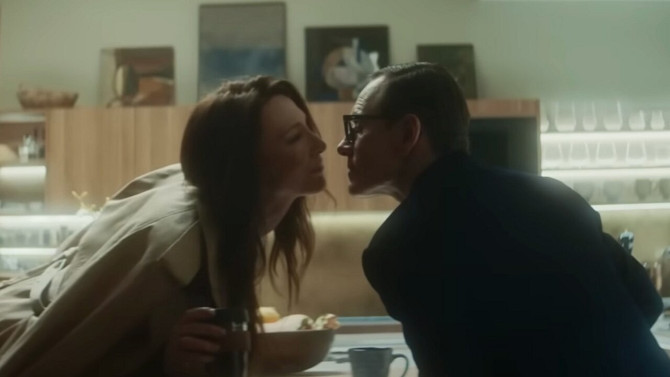
An Attaché Case
In 2025, dare I say that it’s nice to be highlighting a film made for mature audiences. Avoiding the pratfalls of sequels, remakes, comic book movies, and overly costly bombast, Black Bag, written by David Koepp (Mission: Impossible) and directed by Steven Soderbergh (Traffic), is most easily described as an old school spycraft feature. Opening with an extended tracking shot of spy George Woodhouse (Michael Fassbender) making his way through a happening nightclub in London, his contact soon informs him that there is a rat leaking some sort of tech software named Severus from within the agency. If there is one thing Woodhouse despises, it’s a liar, so he invites all of the suspects to a dinner party to try to get to the bottom of it.
-
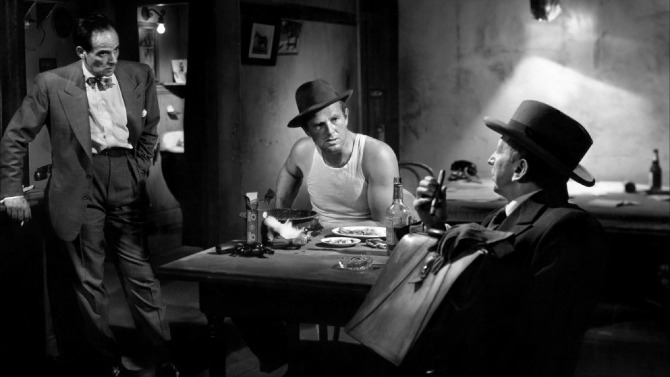
Welcome to the Jungle
The Asphalt JungleNovember 28, 2016Perhaps one of the best descriptive titles to ever come out of Hollywood is The Asphalt Jungle (even though it is the title of the book the film is based on). Directed by John Huston, the 1950 title vividly exemplifies film noir: a dark, gritty, dog-eat-dog world – its only difference from the animalistic wilderness is the stark stone and cement infrastructure that frames the vice-filled world. Oh, and are there vices! Each character has his or her own cross to bear – dragging them down into a world of sin and sorrow. As Doctor Erwin Riedenschneider (Sam Jaffe), the mastermind of the heist, puts it: "One way or another, we all work for our vice". Youthful gals, wealth and extravagance, liquor, gambling on the horses, and an infatuation for a specific man are just some of the misdeeds you’ll find in this movie. The above mentioned Doctor, recently released from prison, has devised an intricate heist – the take, at least one million dollars. Reaching out to a name he heard bandied about on the inside, he visits a bookie by the name of Cobby (Marc Lawrence). Needing the proper backing, a meeting is set between the man with the plan and a prominent, albeit shady lawyer, Alonzo Emmerich (Louis Calhern).
-
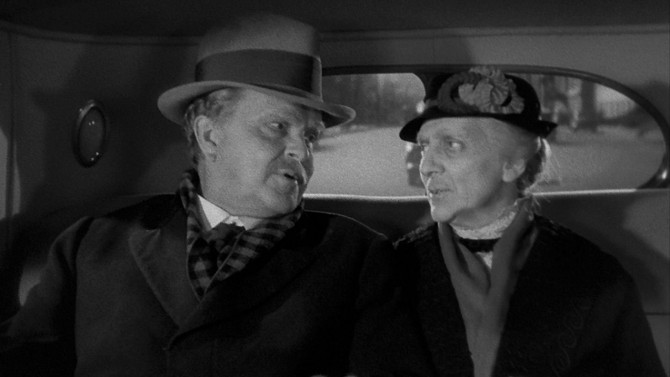
Here Today, Gone Tomorrow
Make Way for TomorrowNovember 11, 2016Upon winning Best Director at the Academy Awards for his 1937 screwball comedy The Awful Truth (the highest grossing film of the year), Leo McCarey took his Oscar, turned to the applauding crowd and uttered the unusual acceptance of "I want to thank the Academy for this wonderful award . . . but you gave it to me for the wrong picture". The movie he was talking about was the powerfully emotional drama Make Way for Tomorrow. A bust at the box office, the film still brought recognition to one of the premier filmmakers of the era. Being a favourite of John Ford, Frank Capra, Jean Renoir, Ernst Lubitsch, George Bernard Shaw and Orson Welles (who called it one of the saddest films ever, claiming that "it would even make a stone cry"), as well as being the inspiration behind Yasujirô Ozu’s classic 1953 picture Tokyo Story, this is a pure piece of emotional film making. Funnily enough, though praised by iconic filmmakers and ardent film fanatics alike, it is probably one of the least known motion pictures out there. Nearly unseen, thankfully Criterion has released it, providing the movie with an avenue to finally reach a larger audience.
-
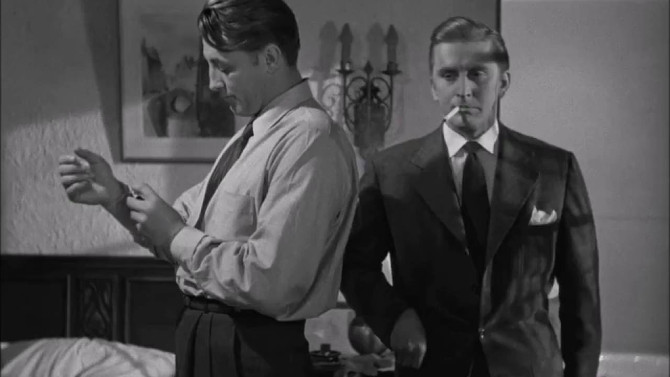
Shadowy Past Equals Grave Future
Out of the PastNovember 4, 2016Though we have all become accustomed to November being coined Movember, there is another moniker that is perhaps lesser known. ‘Noirvember’ has, over the last few years, gone viral, making this eleventh month of the year the perfect one to celebrate the shadowy, gloom filled, doom-laden film noirs of the 1940s and 50s. So, I thought I would start us off with a bang by reviewing the classic 1947 crime noir Out of the Past. Written by Daniel Mainwaring (he wrote the screenplay and the novel the film is based off of under the pseudonym Geoffrey Homes – titled "Build My Gallows High") and directed by Jacques Tourneur (Cat People), past mistakes meet present danger when gas station owner Jeff Bailey (Robert Mitchum), who has been hiding in a small California town after a torrid life, is tracked down by Joe Stefanos (Paul Valentine), a trusted henchman for a smooth but sketchy gangster named Whit Sterling (Kirk Douglas).
-
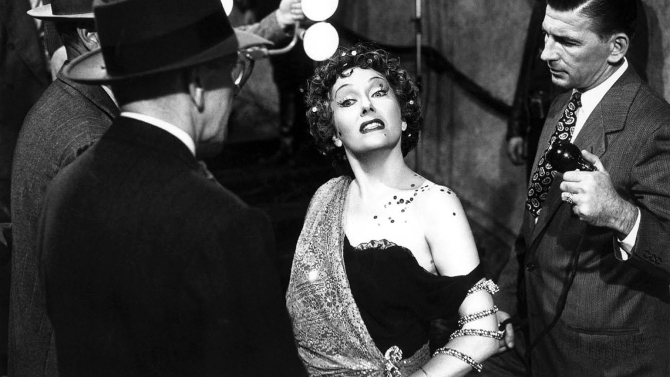
Boulevard of Broken Dreams
Sunset BoulevardJuly 17, 2016With the steamy heat of summer upon us, it is time to revisit one of my favourite genres – the dark, seductive, hard-boiled stories of film noir (from the 1940's and 50's). Billy Wilder, one of the great directors of the twentieth century, created three classics that fall within this genre: 1944's Double Indemnity (which I have already reviewed), 1951's Ace In the Hole and the 1950 iconic motion picture Sunset Blvd. – which will be reviewed here today.
-
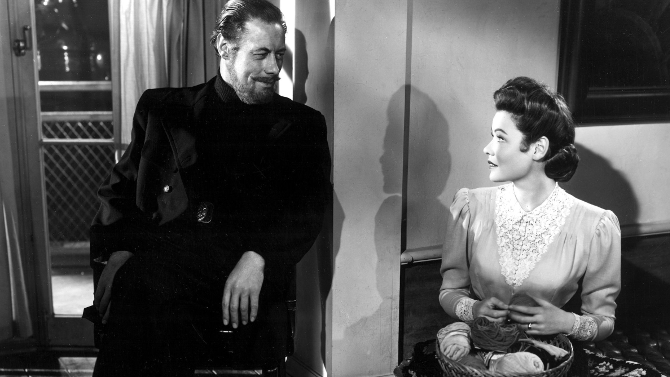
A Haunting Love Affair
The Ghost and Mrs. MuirMarch 22, 2016Every once and a while, a writer devises a ghost story that is not mere horror or thriller, but expands the eerie vibe to a more intimate otherworldly friendship or romance. Two of my favourites are the oddball buddy comedy Blackbeard’s Ghost (released by Disney in 1968) as well as the 1990 romantic dramedy simply titled Ghost. I now have a third excellent film to add to this rather abstract list – the 1947 motion picture The Ghost and Mrs. Muir.
-

Do Look Now
Don't Look NowMarch 8, 2016The horror genre has many incarnations. The two that seem to be most popular as of this point are the slasher flick (i.e. Saw) or the based-on-true-events-style ghost story – à la Paranormal Activity, The Conjuring and so on. From time to time we may see a more traditional, even Victorian-style ghost story such as Crimson Peak or The Woman in Black, but the film I am reviewing today is much harder to pigeonhole, as it is part searing psychological drama, which is then mixed with Gothic horror and a touch of thriller. It is Nicolas Roeg’s 1973 slow-burner of a picture, Don’t Look Now.
